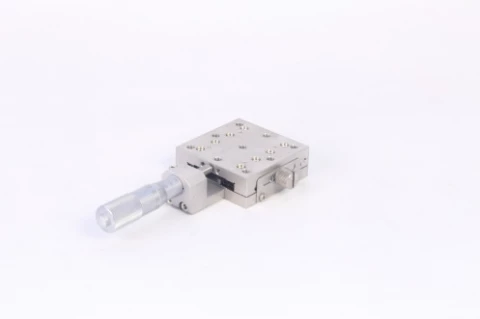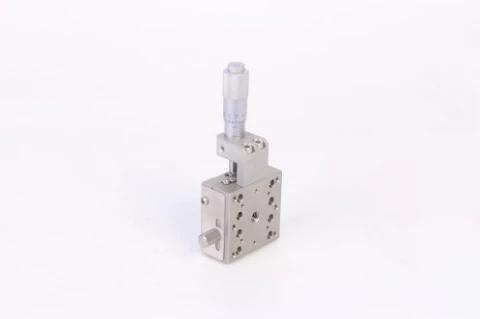Description
NFP series crossed-roller bearing linear stages are made of stainless steel and crossed-roller bearings that make it ultra-high precision. The table size is available at 40×40 mm and 65×65mm, with four drive positions: center drive, right drive, left drive, and center drive in vertical, providing a high degree of convenience to customers.
Crossed roller bearing stainless steel stages provide the technical advantages of ball bearings. Additionally, stainless steel roller bearing design comes with higher load capacity and stiffness. This added benefit is the result of using point contact of a ball as opposed to the line contact in a roller type.
NFP Series Crossed-Roller Bearing Linear Stages
Specifications
| Travel Range: | 13 mm |
|---|---|
| Sensitivity: | 1 um |
| Load Capacity (Horizontal): | 5 kg |
| Load Capacity (Vertical): | 1.5 kg |
| Thickness: | 23 mm |
| Guiding Mechanism: | Crossed Roller Slides |
| Axes Of Motion: | One Axis |
| Drive Position: | Center Drive, Right Drive, Left Drive |
| Weight: | 0.85 kg |
Features
NFP Series Crossed-Roller Bearing Linear Stages provide the following features, based on the model:
- Travel range: 13-25 mm
- Stage (table) size: 40x40 mm, 65x65mm
- Manual micrometer for actuation
- Load capacity: 1.5-7 kg
Applications
- Manual motion control
- Laser and optics alignment
- Precision positioning in a wide range of applications
Frequently Asked Questions
What is a manual linear stage?
What is a crossed-roller bearing linear stage?
What other types of manual linear stages are used in scientific and industrial applications?
What material is a manual linear stage typically made of?
What are the dimensions of the NFP-1461C linear stage?
What is the load capacity of the NFP-1462SR linear stage?
What is the travel range of the NFP-3461SL linear stage?
What is the sensitivity of the NFP-1461CZ linear stage?
What is the weight of the NFP-1462CZ linear stage?
Similar Products
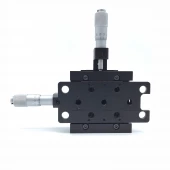
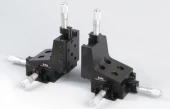
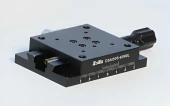
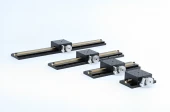
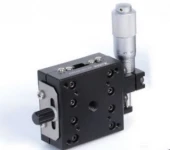

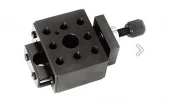
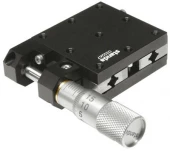
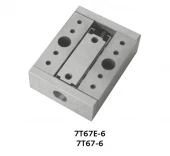
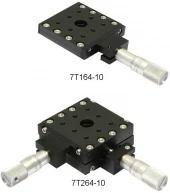
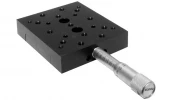
Your inquiry has been received.
Create an account by adding a password
Why create an account?
- Auto-complete inquiry forms
- View and manage all your past messages
- Save products to your favorites
- Close your account anytime — no hassle

